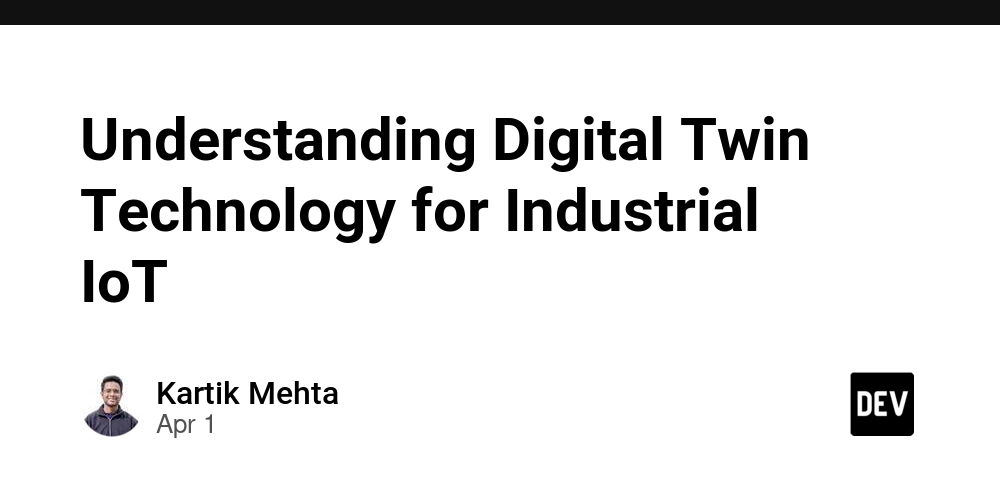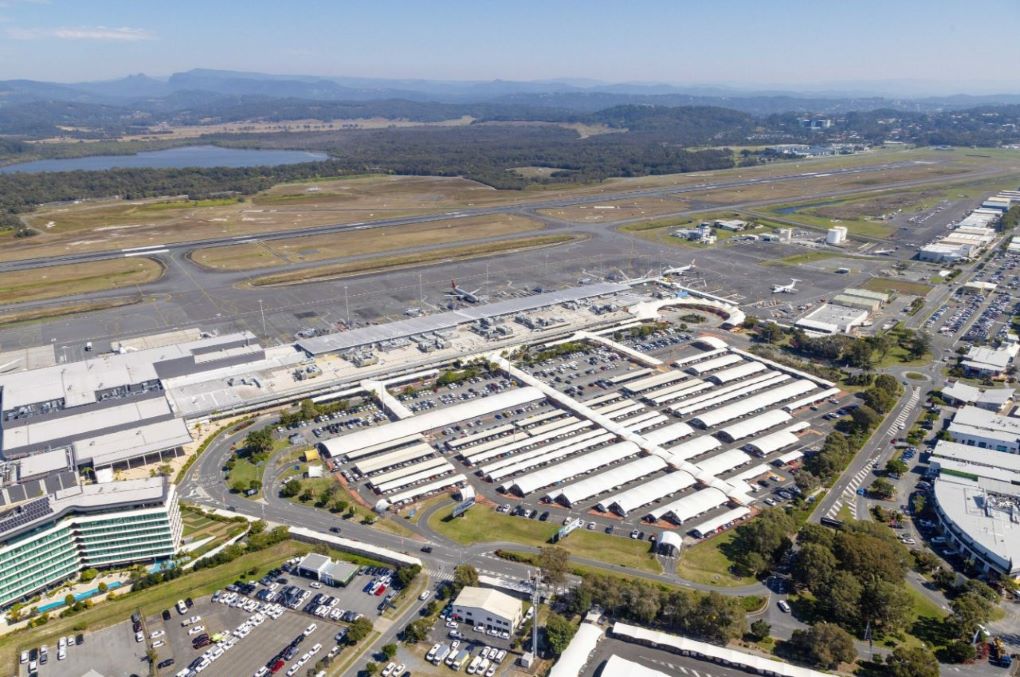Understanding Digital Twin Technology for Industrial IoT
Introduction: Digital Twin technology is gaining popularity in the industrial IoT sector as it offers a virtual representation of physical assets or systems. It enables manufacturers to monitor, analyze, and optimize their equipment in real-time, leading to improved efficiency and cost reduction. In this article, we will explore the advantages, disadvantages, and features of Digital Twin technology for industrial IoT. Advantages: Real-time monitoring and predictive maintenance: Digital Twin technology offers a real-time view of equipment and systems, allowing manufacturers to identify and address any potential issues before they cause significant disruptions. Reduced downtime and costs: By continuously monitoring equipment, digital twins can help prevent unexpected breakdowns, reducing downtime and costly repairs. Improved efficiency: Digital twin technology enables manufacturers to analyze data from physical assets and make data-driven decisions to optimize performance and increase overall efficiency. Disadvantages: High implementation costs: Implementing digital twin technology can be expensive as it requires specialized software, sensors, and data storage infrastructure. Maintenance and security considerations: As digital twins rely on real-time data, any technical glitches or cybersecurity threats could have significant consequences on operations. Features: 3D Virtual Representation: Digital twins provide a 3D virtual representation of physical assets, enabling remote monitoring and control. Data Analytics: Digital twins use advanced analytics tools to predict maintenance needs, optimize performance, and identify opportunities for improvement. Conclusion: In conclusion, Digital Twin technology offers numerous benefits for industrial IoT, including improved efficiency, reduced downtime, and predictive maintenance. However, it also has some drawbacks, such as high implementation costs and maintenance considerations. As technology continues to advance, we can expect to see continued growth in the use of digital twins in the industrial sector.

Introduction:
Digital Twin technology is gaining popularity in the industrial IoT sector as it offers a virtual representation of physical assets or systems. It enables manufacturers to monitor, analyze, and optimize their equipment in real-time, leading to improved efficiency and cost reduction. In this article, we will explore the advantages, disadvantages, and features of Digital Twin technology for industrial IoT.
Advantages:
Real-time monitoring and predictive maintenance: Digital Twin technology offers a real-time view of equipment and systems, allowing manufacturers to identify and address any potential issues before they cause significant disruptions.
Reduced downtime and costs: By continuously monitoring equipment, digital twins can help prevent unexpected breakdowns, reducing downtime and costly repairs.
Improved efficiency: Digital twin technology enables manufacturers to analyze data from physical assets and make data-driven decisions to optimize performance and increase overall efficiency.
Disadvantages:
High implementation costs: Implementing digital twin technology can be expensive as it requires specialized software, sensors, and data storage infrastructure.
Maintenance and security considerations: As digital twins rely on real-time data, any technical glitches or cybersecurity threats could have significant consequences on operations.
Features:
3D Virtual Representation: Digital twins provide a 3D virtual representation of physical assets, enabling remote monitoring and control.
Data Analytics: Digital twins use advanced analytics tools to predict maintenance needs, optimize performance, and identify opportunities for improvement.
Conclusion:
In conclusion, Digital Twin technology offers numerous benefits for industrial IoT, including improved efficiency, reduced downtime, and predictive maintenance. However, it also has some drawbacks, such as high implementation costs and maintenance considerations. As technology continues to advance, we can expect to see continued growth in the use of digital twins in the industrial sector.













































































